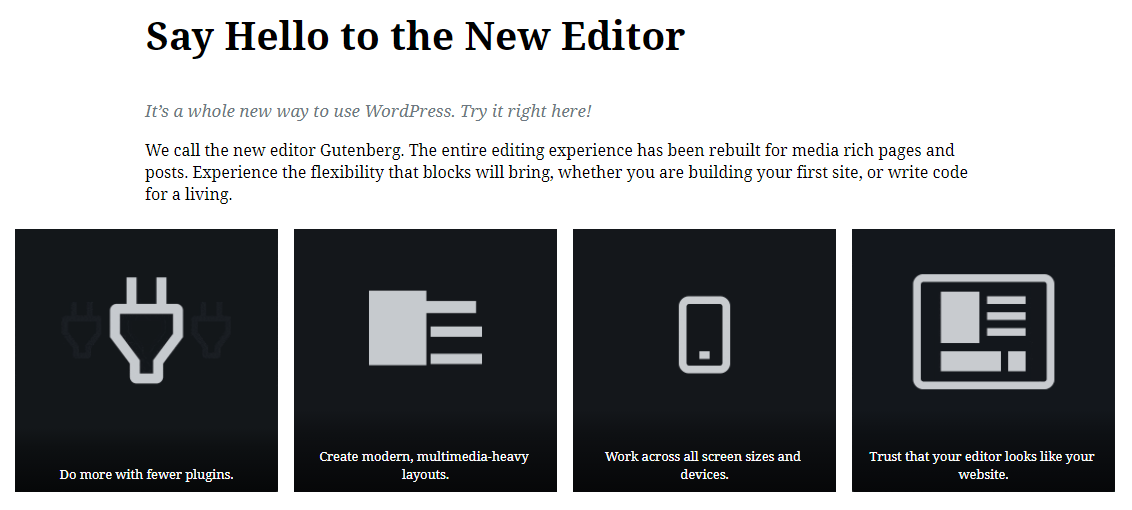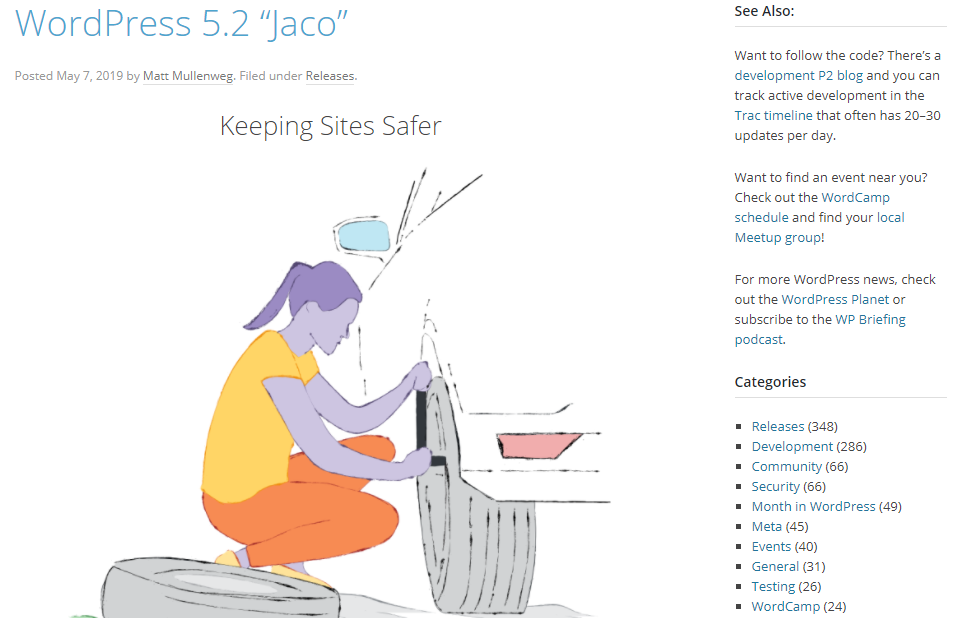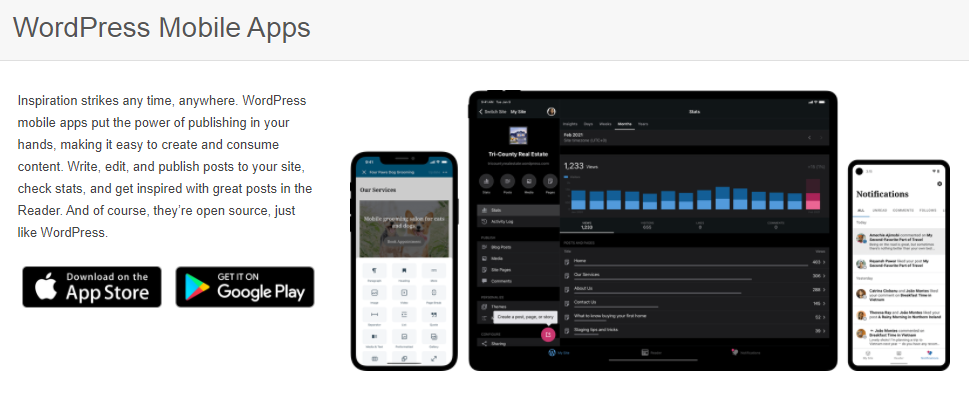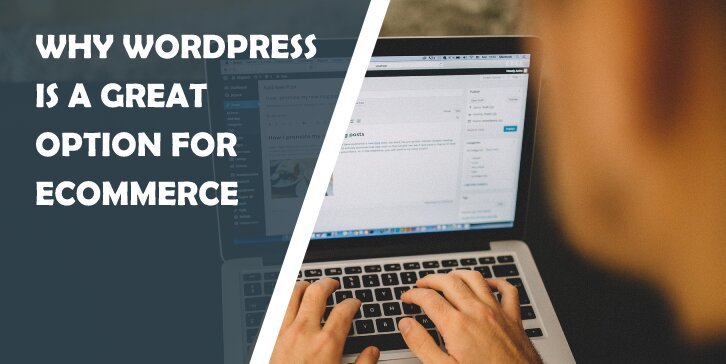It is no secret that the appearance of the pandemic has changed millions of lives. Let’s say that as it appeared, you got this idea to launch a web store, and suddenly that became your top priority. An important decision that awaits you is choosing the platform on which to build your eCommerce empire.
In a sea of weird name tools, one stands out more than the others – WordPress and its free eCommerce plugin WooCommerce allows you to sell anything literally. Over 60% of all websites that have a CMS use WordPress as well.

Thus has fulfilled its mission to make it easier for people to create a variety of online content. It is also the basis of its spread. WordPress is used in government portals, corporate headquarters, media / NGO services, and eCommerce applications because it puts content and ownership at the heart of digital activities.
Built to integrate into WordPress seamlessly, WooCommerce is the world’s favorite eCommerce solution that gives store owners and developers complete control. If we look at the current statistics, WooCommerce is currently the leader of the eCommerce system, and its share in all websites is higher than all three of its competitors combined (Shopify, Magento, PrestaShop).
Top 10 Reasons Why WordPress is a Great Option for eCommerce
1. Product Creation as a Unit of Content
In the summer of 2010, WordPress released version 3.0 (Thelonious Monk). This version allows you to create any content you like, not just blogs and static pages. However, then came WooCommerce and which allowed website owners to create products as a unit of content. At that point, WordPress also became a platform for eCommerce stores.

WordPress is slowly but surely becoming an important concept that has enabled the connection and interaction between all content units. And you can have them in one online store: news, promotions, products, brands, collections, themed products, landing pages, microsites. All this can be created and realized within the same WordPress system. Such content fusion is a tremendous advantage that other eCommerce systems can only dream of.
2. You Don’t Need the Help from Developers or Designers
Eight years later, it was time to refine the content editor (text editor). The WP community has published a long-announced Gutenberg editor. It has made it possible to compose content just how a web store owner needs it without seeking programming help.

With this, WordPress got the opportunity to create even more complex content and the concept of writing in blocks, rows, and columns. And this editor as well saves you a lot of time.
Today, Gutenberg allows you to create various pages that will contain your products, brands, promotions, texts, and multimedia. However, all of these elements are arranged to suit the online store without the help of developers or designers.
3. Safety First
The number of security threats with the WordPress platform is relatively small. macOS, Windows, various Linux distributions, and even the PDF format have a far greater number of reported security threats, and these are the systems we use every day.
However, hundreds of active volunteers have been polishing every WordPress and WooCommerce core aspect since 2003. If a security risk occurs, the system will always automatically upgrade itself, and the time required to apply the patch is a maximum of one day.

Also, in early May 2019, version 5.2 of WordPress (Jaco Pastorius) was released, bringing long-awaited security enhancements and an “enterprise-grade” level of upgrade management.
4. Concern for User Privacy Is Also Facilitated
GDPR – WordPress has been compliant with EU regulations in many fields since version 4.9.6 (Billy Tipton). As far as user privacy is concerned, you cannot avoid the omnipresent. A tool for agreeing to publish user comments is built-in. Tools for exporting and deleting complete user data and orders have been implemented in the core system. Generating privacy pages and terms of use have built a whole module.
5. Accessibility, Adaptability, and Inclusive Design
Accessibility is one of the most crucial topics in the web industry, and now it has its legal framework. When we talked about EU regulations, in 2016, a new set of rules came into force describing how eCommerce applications should be accessible and easy to use. Two dates are matter:
- All web applications created after September 2018 should be accessible and easy to use by September 2019.
- All existing web applications created before September 2018 have until September 2020 to meet all the rules regarding the stated accessibility.
6. Constant Support From Volunteers Who Make Sure Everything Works Properly
The WordPress or WooCommerce system has a handful of tools that make it accessible and easy to use. There is a whole team of volunteers in the community who make sure that all lines of code, design decisions, and modules are built according to the WCAG 2.0 system.

In addition, it is an objective advantage over eCommerce systems that ignore that moment. Namely, testing accessibility issues and their implementation requires a considerable number of volunteers and their comments.
7. Open Source Builds an Entire Market, Not a Single Company
Open source is of better quality because it is harmonized and not dictated. In this way, the knowledge and the quality of several programmer volunteers are built into the application. However, such a process is noisier than more straightforward, direct management in the long run. It leads to a more robust code on the market, in which objectively more experience and knowledge is embedded.
However, open-source loves to grow, evolve and jump out of its framework. The more open it is, the greater the chance that you can find a qualified programmer, implementer, or consultant for your business needs.
8. Trade Administration and Delivery Options
WordPress allows you to easily self-enter products with a short and long description, gallery, regular and special price, and code. There is also the possibility of adding and editing things like categories, reviewing orders, and marking the status of orders.

You can regulate delivery in several ways. As delivery at a fixed price, free shipping after a certain amount, or approve the possibility of picking up goods at the point of sale.
9. Different Payment Options
The buyer can choose the way he wants to pay, and that works the best for him. Pay by cash on delivery, to a giro account (the system automatically sends a payment offer to the customer’s email), or even via PayPal.

With simple upgrades, you can extend the platform to accept credit cards from domestic banks. And the payment can be adjusted to the end-user so that his satisfaction is fulfilled to the end.
10. Ideal Responsiveness on All Devices
From the very beginning, WooCommerce has been optimized for use on mobile devices, both externally and in the administrator interface. This fact allows web developers to integrate the WooCommerce plugin with the WordPress theme much more quickly (especially in responsive web design), which lowers the overall cost of the product.

Conclusion
Creating a webshop requires a lot of planning and preparation for a successful result. If you are already using WordPress to run a blog or site, you’ve probably thought it would be ideal to be able to integrate your new online store with an existing site.
However, over the years, many WordPress eCommerce solutions have been developed. Some are simpler, others more advanced, but the choice is by no means scarce.
In this article, we have explained to you why to choose WordPress for your virtual store location. We wish you good luck with your choice! And it is now up to you to begin the process of creating products and selling.





Comments are closed.